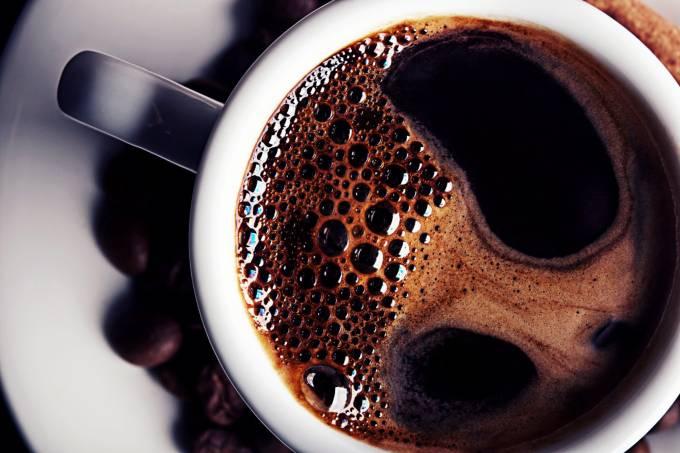Coffee is trying to recover the 170-cent level on ICE US, still seeking to consolidate a new level of performance after recent losses. The market remains hostage to financial volatility, attentive to news about the easing of restrictions in China and the ups and downs of oil prices, finding short-term stimuli in the fluctuation of the dollar, particularly against the real. And it remains fundamentally tied to the promise of a future respite, given the expectation of full production in Brazil next year. While the crop does not arrive, it tries to equate the indications of lower availability of arabica given the prolonged consumption. The USDA report, released last Tuesday (20), reinforces the idea of shorter demand and helps to remove the bullish weight from lower production. This brings difficulty to the market to sustain more consistent gains on ICE US.
In a broader view of the year 2022 in the coffee market, it is clear that this is a period of negative realignment in international prices. New York arabica started this year near 240 cents, peaking at 250 cents. But it was gradually reducing the range of action, assimilating the arrival of Brazil’s 2022 crop and the signs of shorter demand. The main turning point, which effectively characterized the negative inflection in the arabica price curve, happened more recently, last October. The intense blossoming of Brazil’s 2023 crop and the return of rains to coffee-growing areas in Brazil served as a trigger for the drop in prices.
Traders already carried an inverted spread of the future price curve in New York. And the positive outlook for production, based on the appearance of the blossoming, helped to bring the net short closer to the net long, with the curve between the maturities on the ICE US becoming flatter and the price changing, significantly, the performance level downward. Arabica not only missed the level of 200 cents but also moved toward the level of 150 cents, which is too much for those who, at the beginning of the year, expected coffee prices at up to 300 cents.
In Brazil, the price of coffee also fluctuated a lot. The balance, in general, was positive, despite the end not being so good for growers. The best cups started between BRL 1,500 and 1,600 a bag, with growers believing in BRL 2,000 a bag. Good cup did not reach BRL 2,000 as, in fact, it ended up falling to 1,200 to 1,400 a bag, staying within this range for a long time, which is still quite interesting for sellers. But then came the October blossoming and the first signs of Brazil’s 2023 crop, and prices plummeted, hovering around BRL 1,000 a bag at the end of the year, which scared growers. Among the descriptions, conillon coffee is the one that shows the most strength, at this moment, to detach from the external scene and seek appreciation in the physical market with the progress of the off-season. The aggressiveness of the roasted and ground industry guarantees this performance. But it is good to remember that the conillon crop arrives earlier than that of arabica in Brazil.
One of the lessons from 2022 we can take for 2023 is that perhaps the most important is knowing how to manage the opportunities offered by the market. Even more so in view of the challenges ahead for the year that is about to begin, with a change of government, international financial transition, besides, of course, uncertainties about production. The focus of the market is the next Brazilian crop. In this sense, keep an eye on the crop progress, but be sure to take advantage of price rebounds, splitting lots, and staggering sell positions. That seems like a good strategy, at least for the beginning of next year.

